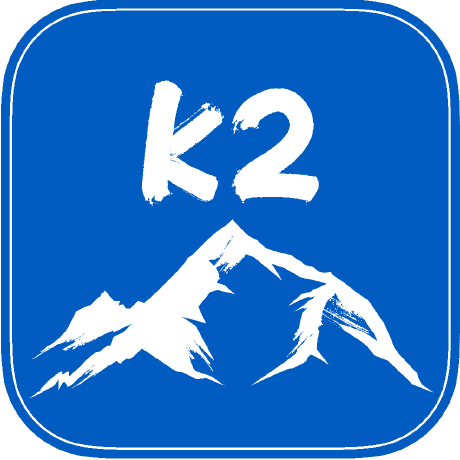Discover and explore top open-source AI tools and projects—updated daily.
ASR-LLM-TTS by  ABexit
ABexit
Speech interaction system integrating ASR, LLM, and TTS
Top 37.1% on SourcePulse
This project provides a sequential speech interaction system integrating Automatic Speech Recognition (ASR), Large Language Models (LLM), and Text-to-Speech (TTS). It targets developers and researchers building voice-enabled applications, offering a modular framework with multiple model options for flexibility.
How It Works
The system chains together distinct open-source models: SenseVoice for ASR, Qwen2.5 variants for LLM, and CosyVoice, Edge-TTS, or pyttsx3 for TTS. This modular approach allows users to select and swap components based on performance, resource, and quality requirements. Recent updates include voiceprint recognition using CAM++, custom wake-word detection via pinyin matching, and dialogue history memory.
Quick Start & Requirements
- Installation: Create a conda environment (
conda create -n chatAudio python=3.10), activate it (conda activate chatAudio), and install PyTorch with CUDA support (e.g.,pip install torch==2.3.1 torchvision==0.18.1 torchaudio==2.3.1 --index-url https://download.pytorch.org/whl/cu118). Install other dependencies viapip install -r requirements.txtor specific packages as listed in the README. - Prerequisites: Python 3.10+, CUDA 11.8+ (for the specified PyTorch version), ffmpeg. Manual model downloads may be required if automatic download fails (e.g., due to network restrictions).
- Execution: Run example scripts like
python 13_SenceVoice_QWen2.5_edgeTTS_realTime.py. - Resources: CosyVoice dependencies like
pyninimay requireconda install -c conda-forge pynini=2.1.6. - Links: Demo videos available on Bilibili.
Highlighted Details
- Integrates SenseVoice (ASR), Qwen2.5 (LLM), and CosyVoice/Edge-TTS/pyttsx3 (TTS).
- Supports real-time, interruptible voice interaction with VAD.
- Offers multimodal interaction with Qwen2-VL-2B for image/video input.
- Adds voiceprint recognition (CAM++) and custom wake-word functionality.
- Implements dialogue history memory.
Maintenance & Community
The project is actively updated, with recent additions in late 2024. Links to Bilibili demos are provided for visual examples.
Licensing & Compatibility
The README does not explicitly state the license for the project itself or its constituent models. Users should verify licensing for each component (SenseVoice, Qwen2.5, CosyVoice, Edge-TTS, pyttsx3) before commercial use.
Limitations & Caveats
CosyVoice is noted as having slow inference speeds, impacting real-time performance. Some dependencies, like pynini, may require specific installation methods (e.g., using conda). The project's overall licensing status requires clarification for commercial applications.
8 months ago
Inactive

 ElmTran
ElmTran ASLP-lab
ASLP-lab nickbild
nickbild LinkSoul-AI
LinkSoul-AI apeatling
apeatling platelminto
platelminto dsa
dsa yandexdataschool
yandexdataschool cjyaddone
cjyaddone gpt-omni
gpt-omni linyiLYi
linyiLYi k2-fsa
k2-fsa